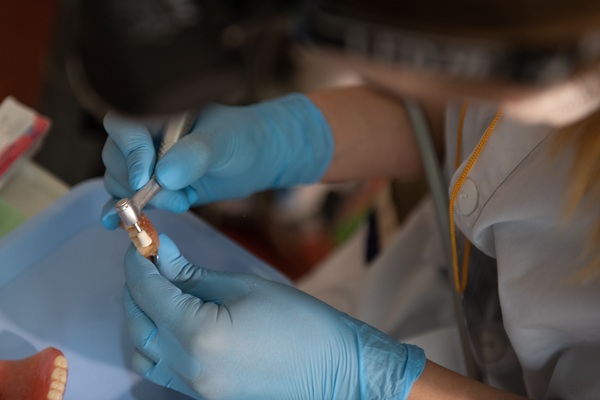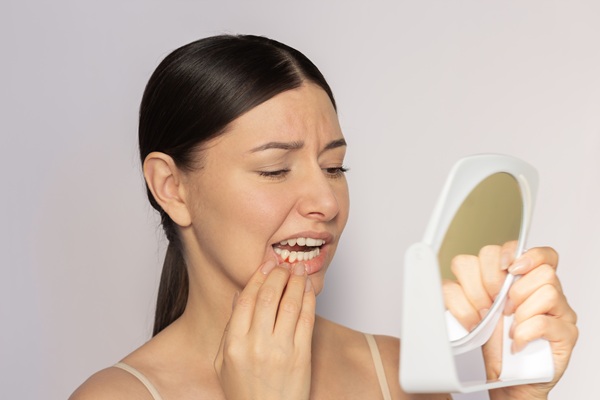Tips for Dental Sealant Aftercare

Dental sealants work by reducing the chances of decay on the chewing surface of the tooth. Dental sealants do not protect the flossing surfaces, nor do they protect the cheek and tongue surfaces. The sealant is not a guarantee against tooth decay, but it is the best possible protection. To avoid dental cavities, you must continue to clean and floss the whole tooth thoroughly. Continue reading to discover ways to care for the teeth and sealants to prolong their lifespan.
Aftercare tips for dental sealants
The sealant is colored white to make it easier to see. Food particles, teeth brushing, and other abrasions will cause some wear on the plastic. Deep in the pits and grooves, the material will be shielded from wear by the surrounding tooth structure and last for five to seven years. Once applied to the chewing surface, dental sealants look like tiny thread-like lines.
A sealant may come loose sometimes. If this happens, it typically occurs during the first month after being placed. As a result, in the following weeks, dentists urge patients to check the tooth sealant regularly. If one is missing, they need to visit the dental office to schedule a replacement appointment. It may be reapplied as frequently as required, but often just one application is enough. Each checkup visit will include a check for sealants to ensure that they are present and working correctly.
The following are tips for caring for sealants:
Clean the teeth properly
While the sealant preserves the biting surfaces of your teeth, germs from plaque and tartar may still build up on the sides and spaces between the teeth. Brush the teeth on all surfaces, even if sealants are present. Use a toothbrush with gentle bristles and toothpaste. Brush the sides and tops of the teeth just like a tooth that is not sealed.
Although sealants protect the teeth, tartar accumulation along the gum line may still cause gum disease. To avoid this, floss the teeth and gum line at least once a day to dislodge bacterial plaque and food particles. Another excellent approach is to use an antiseptic mouthwash after flossing to clean away any loose food particles and destroy any remaining germs. Avoid the urge to use mouthwash instead of flossing to remove food particles along the gum line since flossing is the only effective way to eliminate the bacterial film.
Avoid chewing on hard substances
Biting or chewing on hard food, candies, or using the teeth as a tool can damage the dental sealants. The teeth will be vulnerable to decay if the sealant breaks unless the dentist reapplies the sealant material. Also, any item that damages the sealant can potentially damage the tooth as well.
In conclusion
If you have dental sealants, take advantage of the added protection while maintaining good oral hygiene. With proper care, sealants can last up to a decade. If you do not have dental sealants and are thinking about getting them, contact the dental office to determine if they are appropriate for you.
Request an appointment here: https://lincroftvillagedental.com or call Lincroft Village Dental Care at (732) 842-5005 for an appointment in our Lincroft office.
Check out what others are saying about our dental services on Yelp: Dental Sealants in Lincroft, NJ.
Recent Posts
Dental sealants offer patients a powerful defense against cavities. General dentists present this option to patients who need a little help preventing tooth decay. According to the American Dental Association, sealants are safe.Dental sealants provide extra protection to teeth, especially for those more prone to tooth decay. Preventing decay is essential to one's good oral…
Your dentist might recommend dental sealant if some of your teeth are vulnerable to decay. These restorations serve as a barrier that keeps food particles, bacteria, and acids out of the grooves of their biting surfaces.Oral bacteria feed on the sugars in food particles stuck on teeth after meals, and they excrete acids that cause…
Dental sealants are an effective preventive treatment against tooth decay that are commonly associated with children and young adults. But what about adults? Continue reading to learn about dental sealants for adults and the purpose the treatment serves.Tooth decay and gum disease are the major causes of tooth loss in adults. The two conditions are…
A dental sealant is a cavity’s worst enemy. It blocks bacteria and food particles from the lingual and chewing dental surfaces in your mouth. The result is healthier, stronger teeth that can last longer than teeth without sealants. If you want to know how a dental sealant can block a cavity, here are the facts.A…


